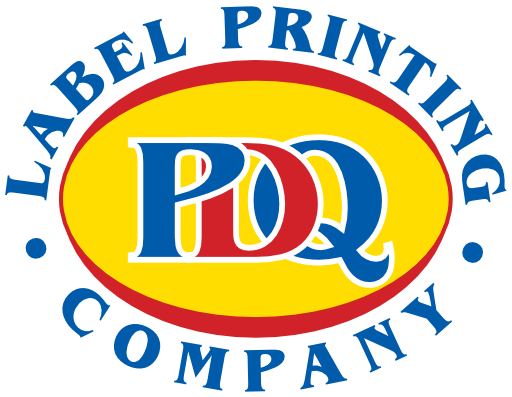Selecting the correct material for printing and labeling a product is of significant importance for several reasons:
- Durability: The material used for printing and labeling should be able to withstand the product’s intended environment and conditions. It should resist factors like moisture, heat, chemicals, or physical abrasion to ensure the label remains intact and legible throughout the product’s lifecycle. Choosing a durable material prevents smudging, fading, or peeling, which can affect the product’s appearance and readability.
- Compliance and Safety: Certain industries, such as food, pharmaceuticals, or electronics, have specific labeling requirements imposed by regulatory bodies. The correct material ensures compliance with these regulations, including information like ingredient lists, safety warnings, barcodes, or batch numbers. Compliance labels contribute to consumer safety, prevent legal issues, and maintain industry standards.
- Branding and Aesthetics: The material chosen for printing and labeling can have a significant impact on the product’s branding and overall aesthetics. It should align with the brand image, convey the intended message, and enhance the visual appeal of the product. The material’s color, texture, finish, and print quality should be carefully considered to create an attractive and professional appearance, ultimately influencing consumer perception and purchase decisions.
- Application and Adhesion: The material must be compatible with the printing and labeling processes used in the production line. Different printing techniques (e.g., digital, thermal transfer, flexographic) and labeling methods (e.g., pressure-sensitive, heat shrink, in-mold) may require specific materials for optimal adhesion and performance. Choosing the right material ensures proper application and adherence to the product’s surface, preventing issues like peeling, bubbling, or wrinkling.
- Information Communication: Labels serve as a means of communicating important information to consumers. The material should allow for clear and legible printing of text, graphics, and product details. It should enable accurate barcode scanning, QR code readability, or variable data printing, facilitating efficient tracking, inventory management, and customer engagement.
- Environmental Considerations: With increasing awareness of sustainability, selecting eco-friendly materials for printing and labeling has gained importance. Choosing recyclable, biodegradable, or compostable materials helps reduce the environmental impact of product packaging. This consideration can positively contribute to a company’s reputation and customer loyalty.
Selecting the correct material for printing and labeling a product is crucial for durability, compliance, branding, aesthetics, adhesion, information communication, and environmental sustainability. Careful material selection ensures that the labels effectively serve their purpose throughout the product’s lifecycle, enhancing its overall quality and marketability.

